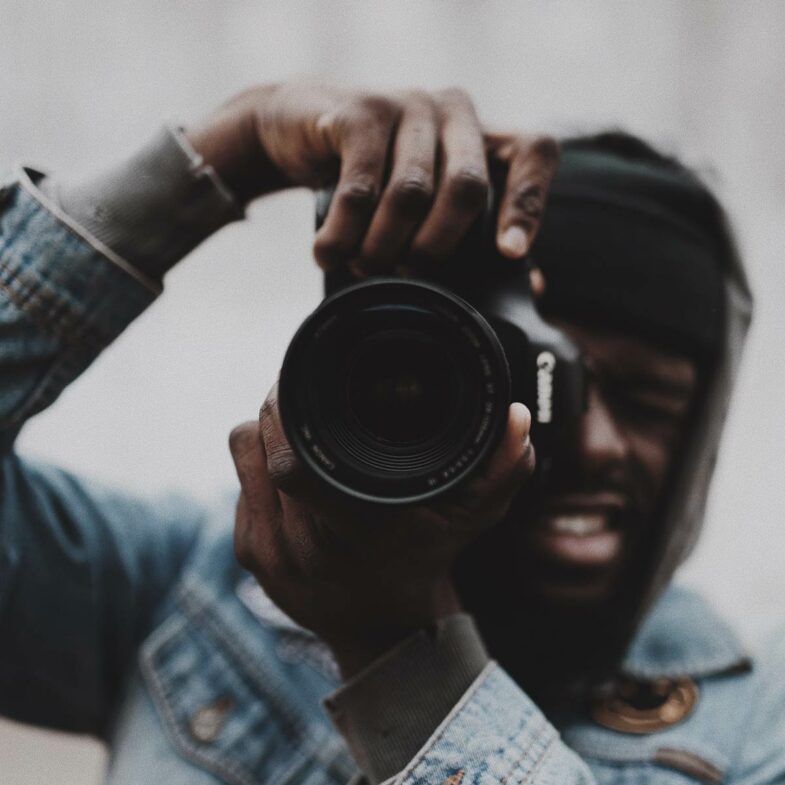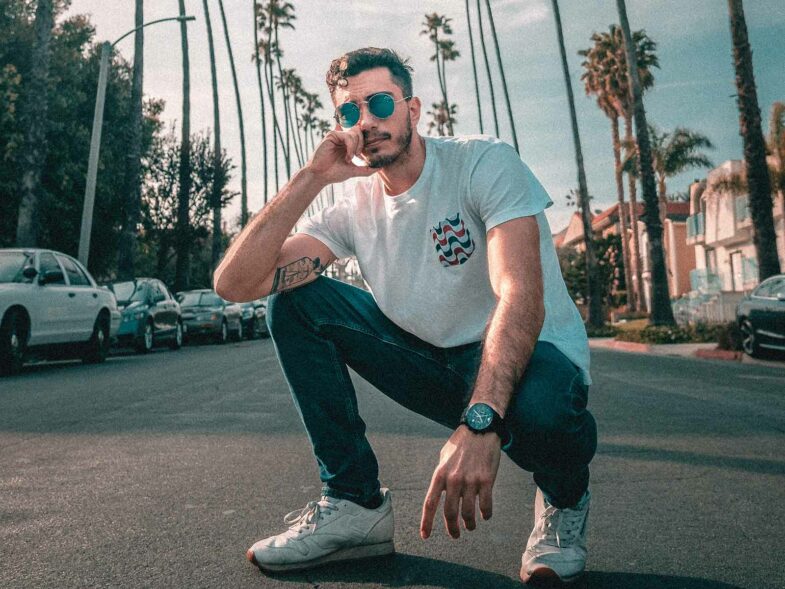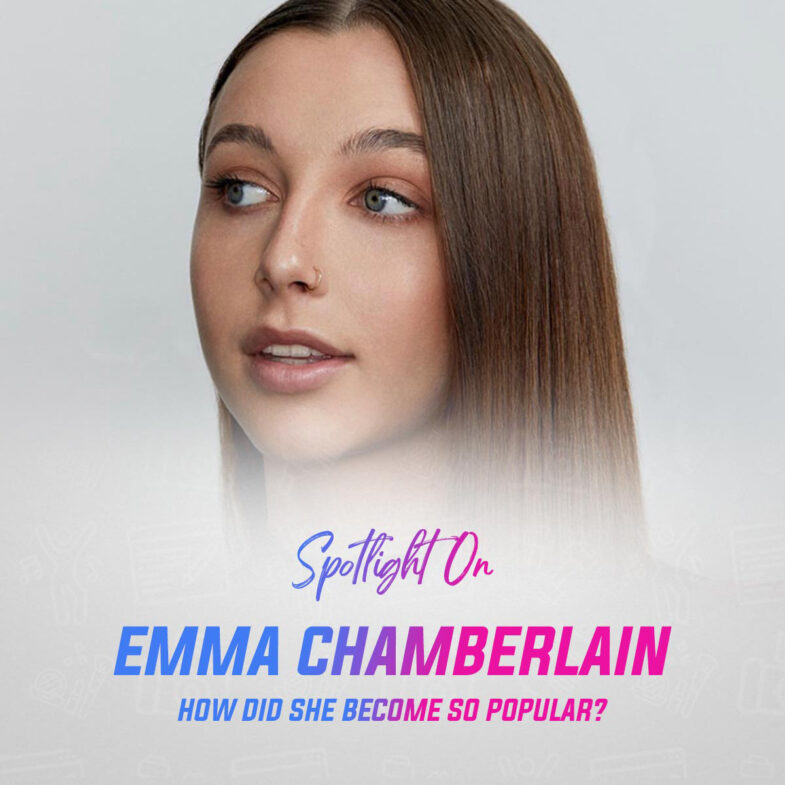Photo by Cinescope Creative on Unsplash
This year Unsplash celebrated two milestones: reaching two million photographs on the platform and 200,000 contributors. Because of this growth, more creatives and entrepreneurs use it as their only source of license-free images.
However, using Unsplash as a way to accelerate your career is often frowned upon. Because many professional photographers don’t see the benefit of using a platform like Unsplash. Nevertheless, if you take a closer look at how the platform works, Unsplash can be a driving force in getting long-term clients and ensuring you license more images using a service like 500px or Getty.
Why Unsplash Is A Vital Part of Your Marketing Strategy
If you’re creating a marketing strategy, you’ve probably heard that Facebook or Instagram is the best place to find photography clients. Well, consider this, the average photographer on Unsplash gets ten times the amount of downloads in comparison to the average amount of likes they would get on Instagram.
When you combine that with the fact that a download is far more significant than a like, you’ll realize why Unsplash is the best place to get clients.
Besides, Unsplash shares many of the aspects of a social platform while maintaining a strong community of creatives, photographers, and entrepreneurs.
The Three Phases to Securing Clients on Unsplash
But to find legitimate clients from Unsplash, you need to be precise about how you use the platform. Because finding work on Unsplash is a combination of exploring your creativity while being strategic about your uploads.
To help you we detail a three-phase plan to ensure you’re using the correct methodology to find clients on Unsplash.
Phase One: The Foundation Phase
Take The Same Picture in Both Orientations
Unsplash allows users to download the image in three dimensions in addition to the image’s original dimensions. But changing the dimensions of an image is rather easy. As a photographer you want your image to be in two orientations. Because trying to keep the essence of the image when transferring it from landscape to portrait – and vice versa – is almost impossible.
Create A Detailed Profile
To gain real-life clients from Unsplash, your profile should be detailed. It should include your location, links to your socials, and, if possible, include your email address. Then within your bio mention the type of images you’re proficient in, for example, headshots or product photography. Lastly include that you’re available for commissions and exclusive content in a similar style to what they’ll find on your Unsplash account. If you have a personally branded website, this is the place to include it as well.
Phase Two: The Creative Phase
Create Pictures According To Themes
Themes are recommended because they allow brands, creatives, content producers, and entrepreneurs to use images from the same photographer when they’re creating their brand stories.
A theme navigates a single story in different phases. The general mood, color-scheme, props, and so on remain the same. For example, a theme can be as simple as a series of pictures depicting the phases a child could go through in a single day: from crying to enjoying time with friends. For any creator in the caregiving industry, those series of pictures will be vital to their content, eventually causing them to build rapport with the photographer. You can even unleash your creativity and try AI for photography and explore a much wider variety of themes and creations.
Use One or Two Predominant Colors in Your Image
Unsplash allows users to filter images based on a predominant color in the image. Many brands have a specific brand color and want to use those colors almost exclusively. Capturing a picture with a prevailing color palette is also a way to recreate the monochromatic look that’s popular in editorial pieces.
Tell A Story With Your Images
What is the message your picture is conveying? If you are not able to create a theme, you can tell a conclusive story using only one picture.
By doing this, you’re ensuring that every picture you take and upload to Unsplash is intentional. Weaving a story or a narrative that viewers can grasp and will be something they will want to convey in their work.
Take Seasonal Pictures
Valentine-themed pictures do well at Valentine’s, Christmas pictures do well at Christmastime. If you want to get recognition for your pictures begin uploading images one month before the kick-off of the season. This allows you to gain traction before the seasonal frenzy and ensures you to gain recognition from creatives who have an early start to their planning. Besides, these seasonal pictures will have an annual spike in popularity as the season approaches.
Show Off Your Talents
Many photographers wonder why they don’t get as many inquiries from potential clients when using Unsplash. The simple answer is they’re not taking pictures that showcase their expertise. Although the purpose of Unsplash for many photographers is to gain exposure, if you want to get clients from Unsplash, you should upload pictures that are appealing in a business sense, and act as a portfolio.
Think about who uses Unsplash and why they use it?
It’s often small businesses, startup brands, digital magazines, bloggers, and so on. These are the people that are going to pay for commissions and these are the people you should be targeting with your work.
They’ll need:
#1: Product photography
#2: Editorial images
#3: Branding Photography
#4: Advertising Material
While you should explore your creativity on Unsplash, you should do it in a way that is purposeful and prompts downloaders to hire you.
Phase Three: The Technical Phase
Geotag Your Images
Don’t underestimate the power of geotagging, especially if you’re in an iconic destination. What may seem benign to you may be the image brands and are searching for. In many instances, brands may search for images based on a location like Paris, France, or Kuta, Bali. If you are a photographer from these regions, this is an opportunity to gain visibility from clients from these regions or who need specific pictures of the area.
Use Relating Tags
Unsplash groups tags based on a user’s search and recommends these before a user begins scrolling. With this in mind, you should always search for the tag you’re thinking of adding and then find related tags to include in your image or to give you an idea of what to title your image.
Analyze The Data of Your Images
Unsplash gives you only two (very vague) insights about your pictures: views and downloads.
They don’t mention what constitutes a view. So for argument’s sake, we’ll say that a view is when a user scrolls past your image in search, otherwise, it would make more sense to call it a click if it was when a user clicked on the image to determine if they want to download it.
What the first dataset reveals about your images is how often Unsplash itself is presenting your work to those infamous “eyeballs.”
However, the second dataset, the downloads, reveals far more about your work and what users on the platform are searching. When you examine this dataset, you can determine which photos users want and choose to recreate those – with varying compositions.
Additionally, when you’re examining the data, take a closer look at the ratio between views and downloads to determine which of your images are more popular.
The images you should choose to mimic are the ones that have fewer views but more downloads, showing that either there’s scarcity in that genre or your photograph is compelling enough that it prompts people to download it.
Finding clients on Unsplash is a lot of trial-and-error. But once you’ve perfected your strategy, you’ll find that you can achieve the same level of success other photographers have had using the platform.









